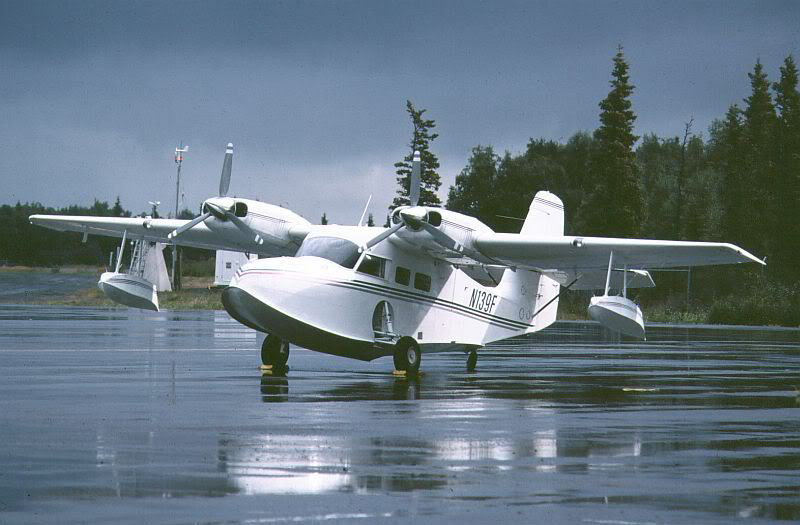Crash of a Beechcraft E18S in New Stuyahok
Date & Time:
Jan 3, 2011 at 1350 LT
Registration:
N9001
Survivors:
Yes
Schedule:
Kenai - New Stuyahok
MSN:
BA-460
YOM:
1959
Crew on board:
1
Crew fatalities:
Pax on board:
0
Pax fatalities:
Other fatalities:
Total fatalities:
0
Captain / Total hours on type:
464.00
Aircraft flight hours:
19571
Circumstances:
The pilot reported that the runway at the destination airport was ice-covered, and that upon touchdown the surface was slicker than he had anticipated. He aborted the landing by applying full power to take off. The airplane was unable to out-climb the rising terrain at the end of the runway, and it collided with terrain, sustaining substantial damage to the fuselage and both wings. The pilot indicated that there were no mechanical issues with the airplane that precluded its normal operation.
Probable cause:
The pilot's misjudgment of the runway surface condition, resulting in an aborted landing and collision with rising terrain during the ensuing takeoff attempt.
Final Report:







